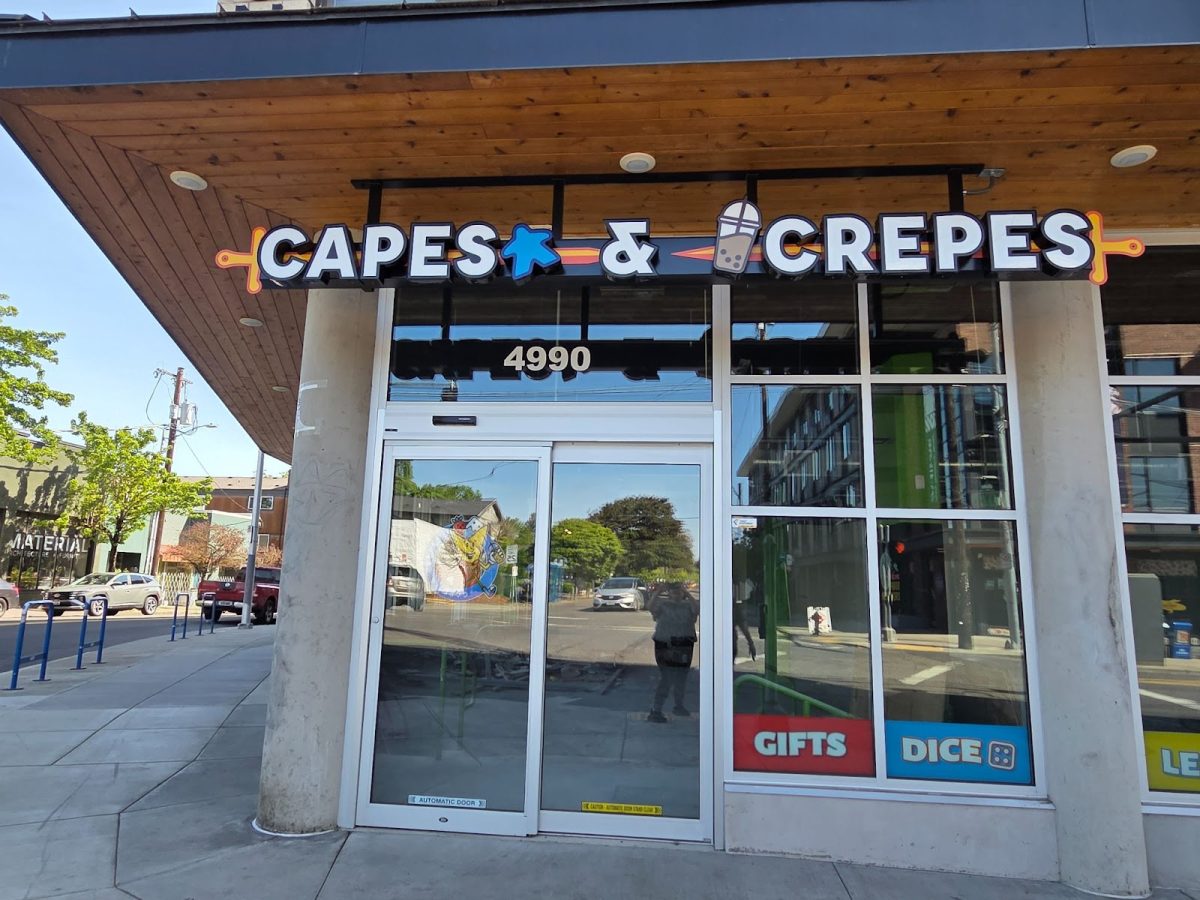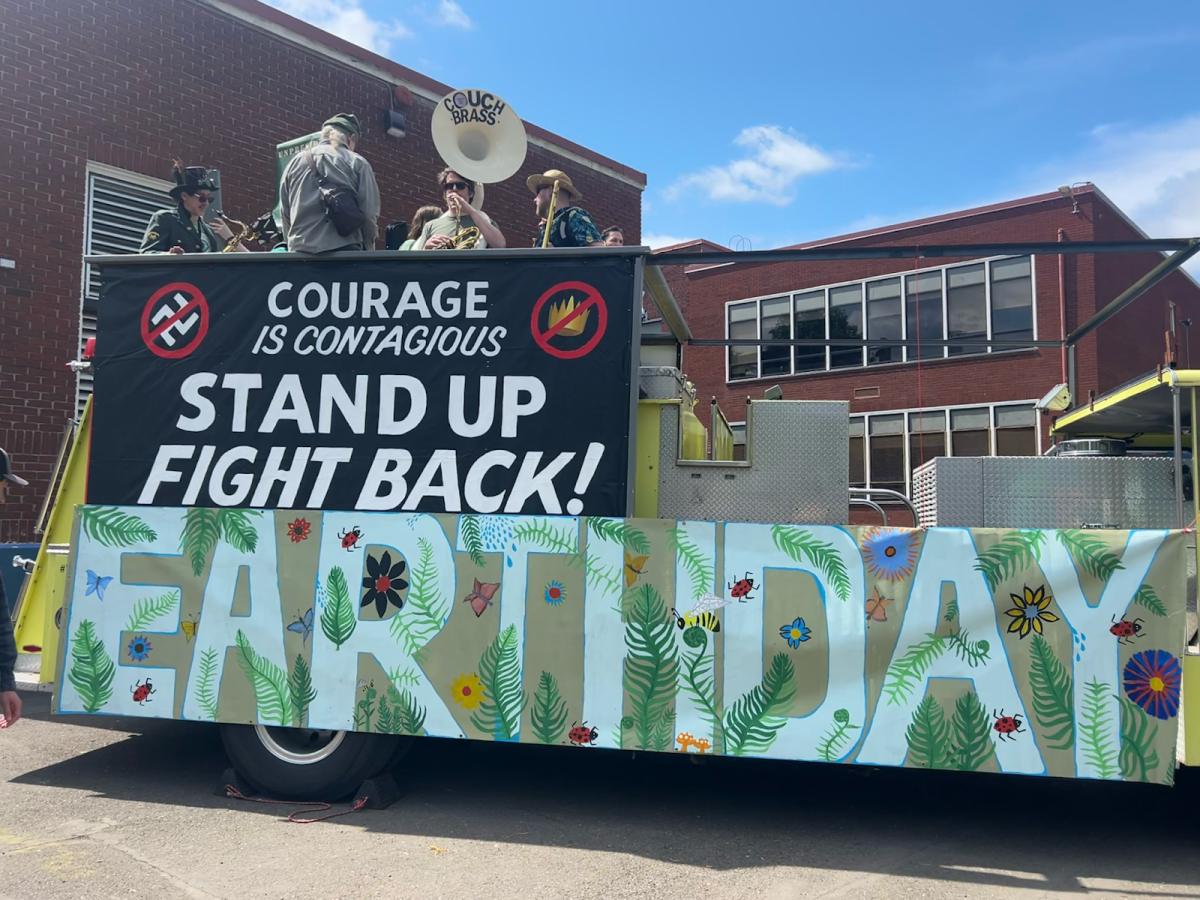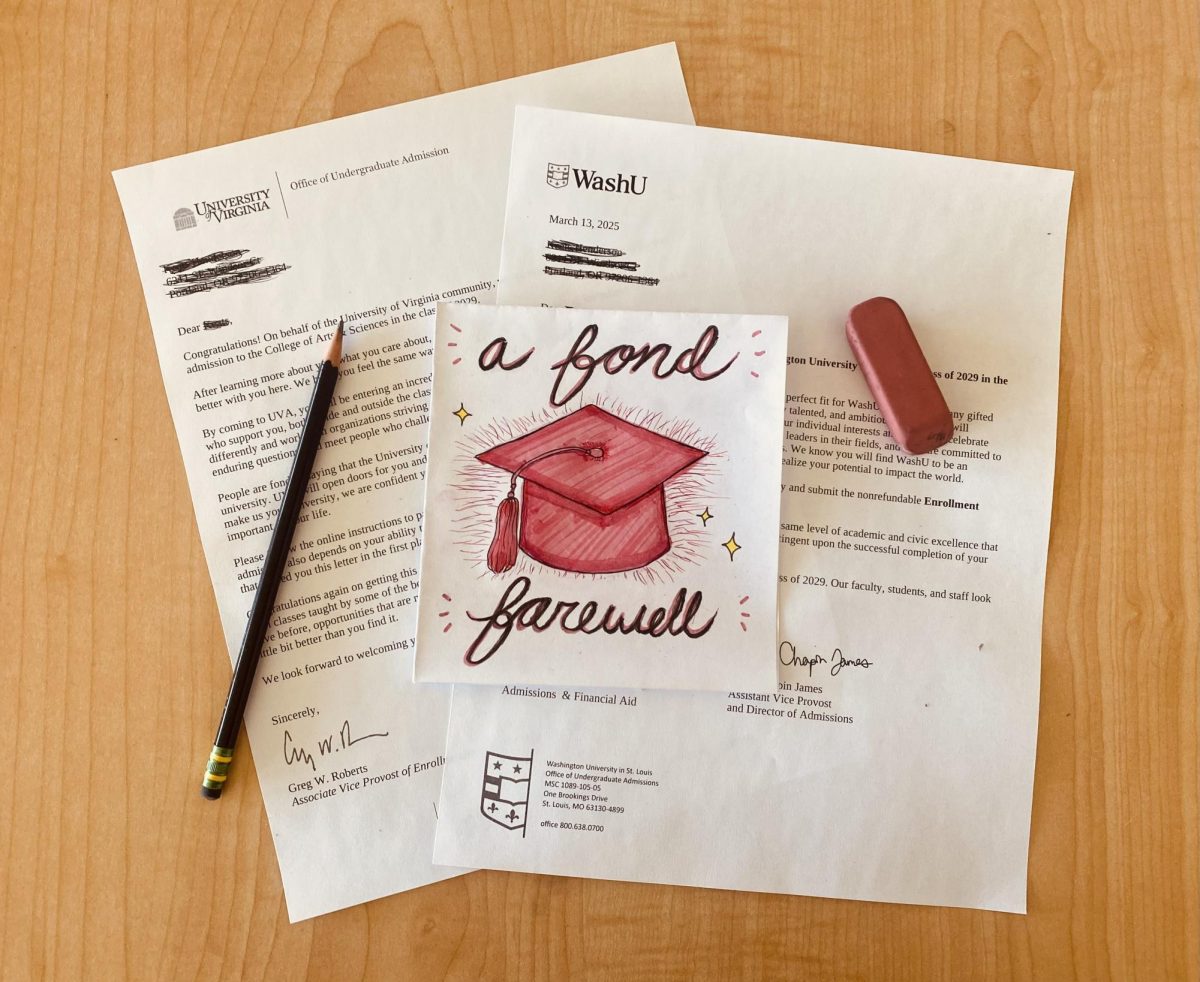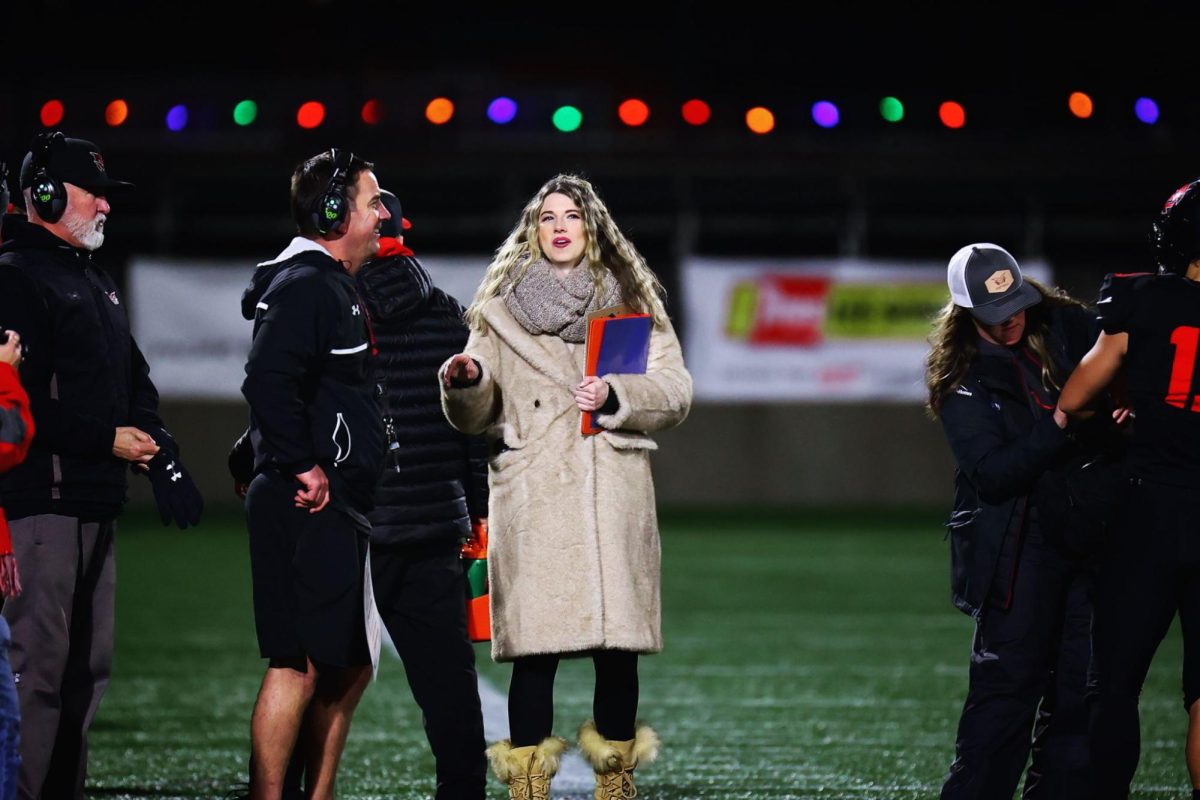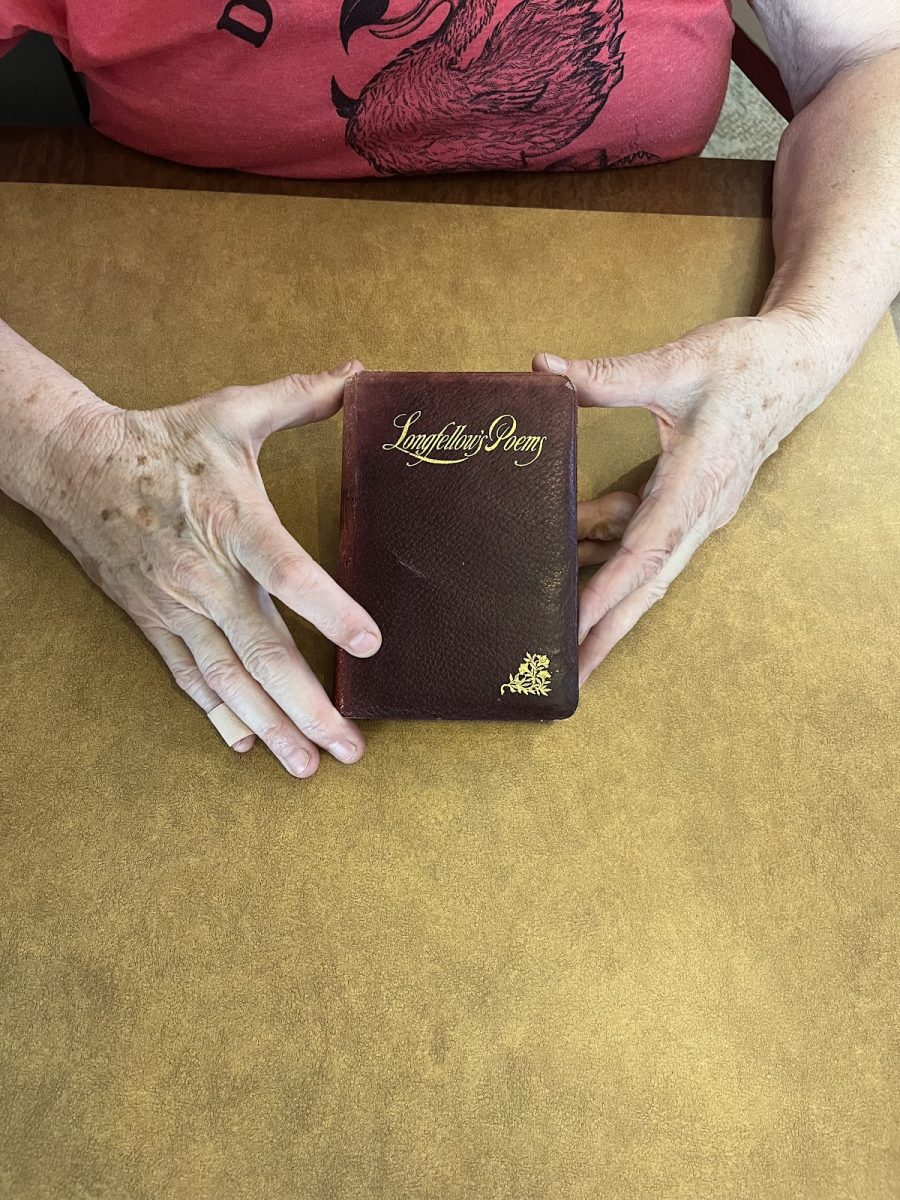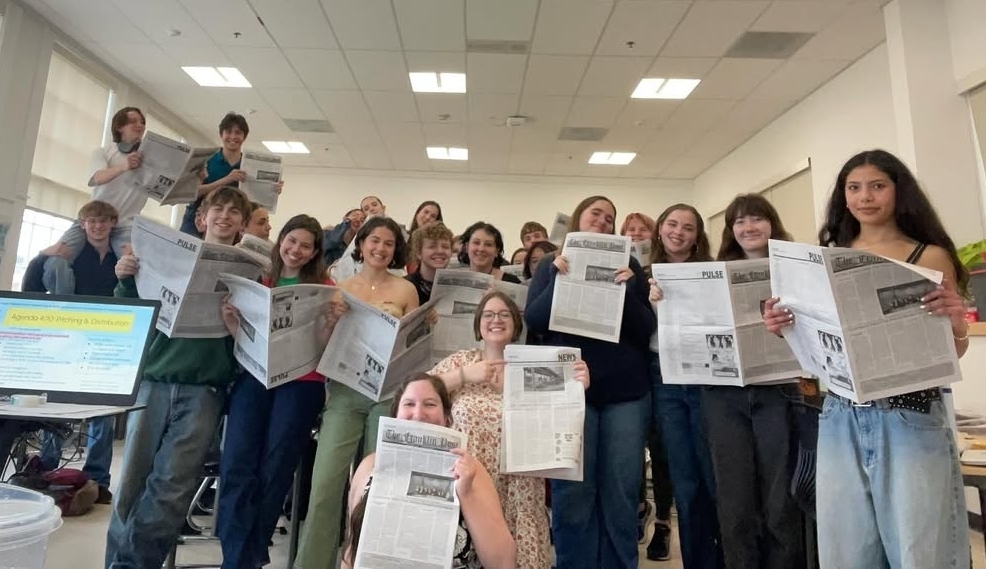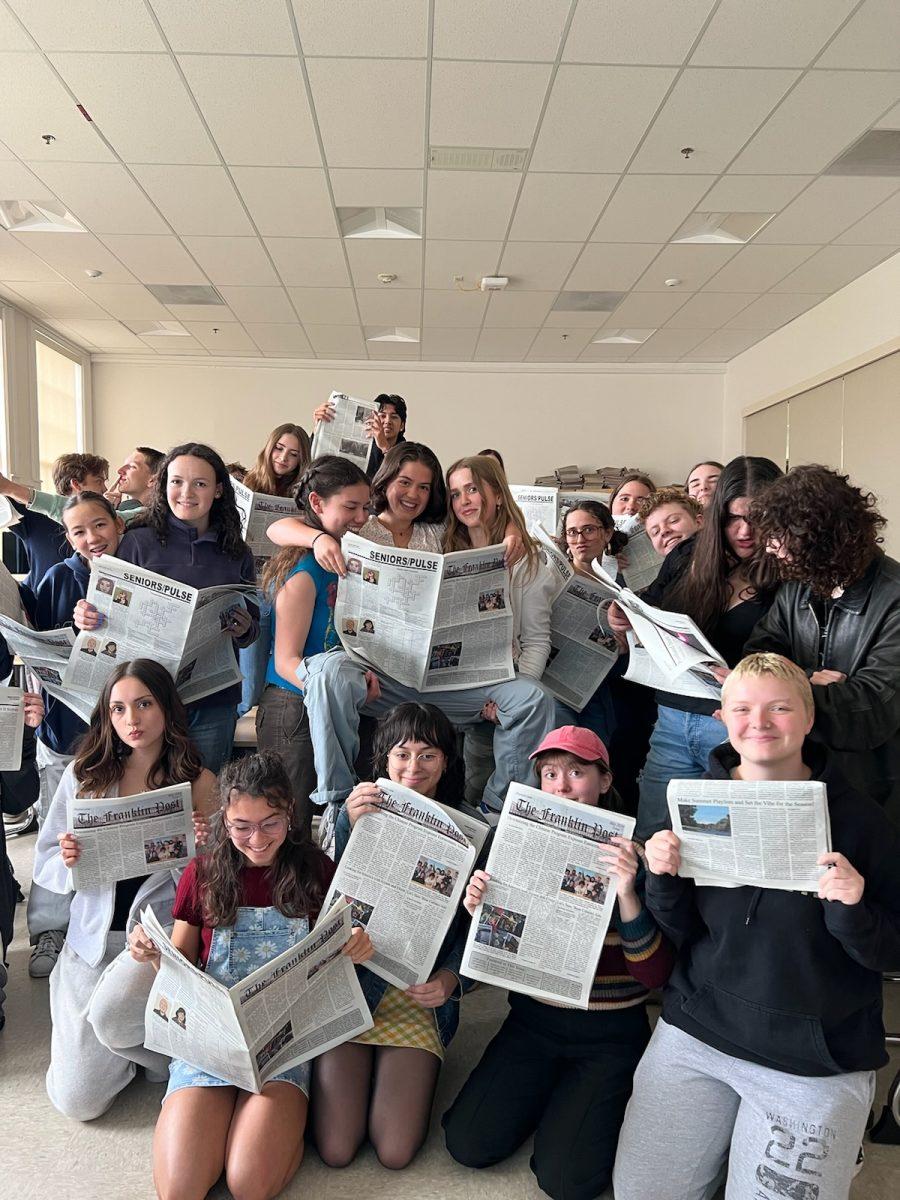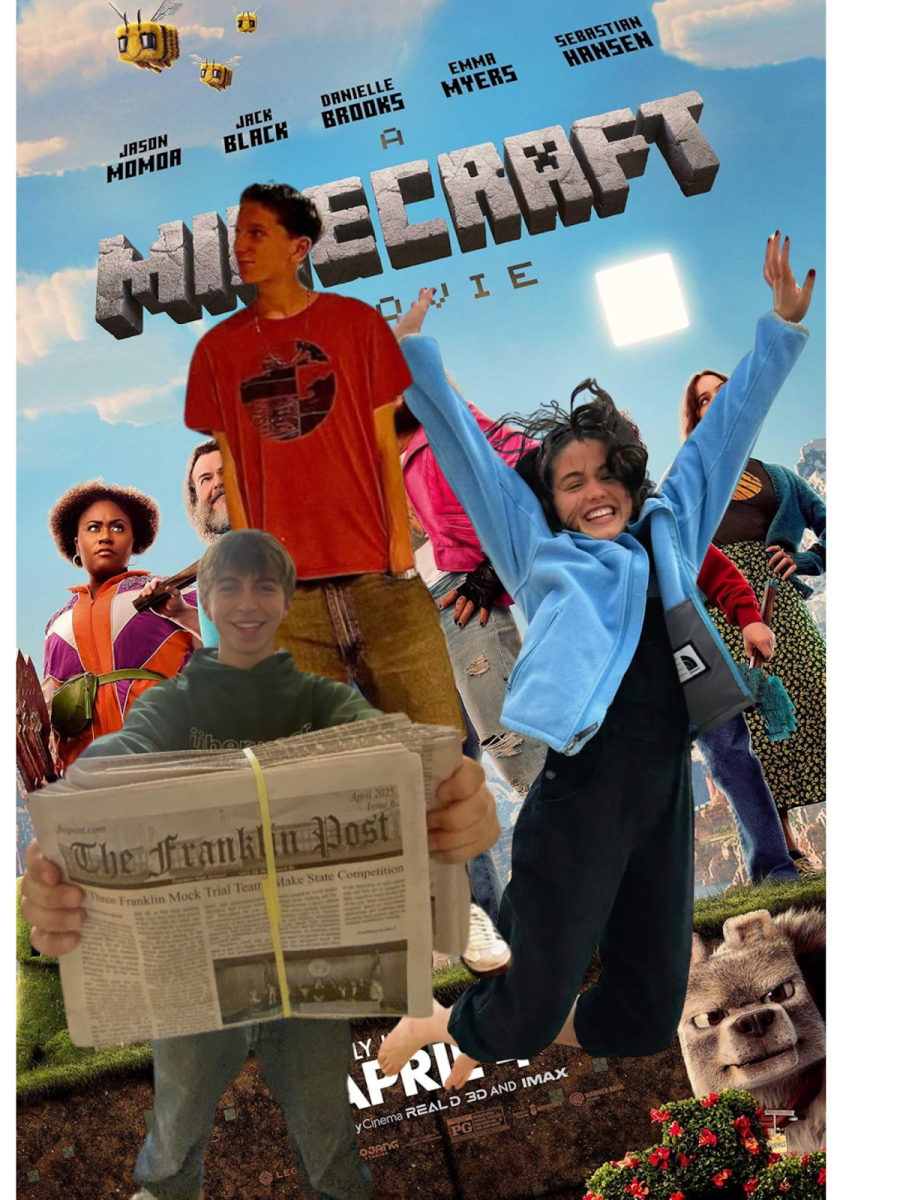
The array of different plants, rocks, and trinkets available in each class at Roosevelt’s Terrariums. Every class participant can customize their terrarium however they want with the provided supplies.
If you’ve ever walked down Hawthorne Boulevard, you may have noticed Roosevelt’s Terrariums, a quaint little shop on the corner of Hawthorne and 44th Avenue. It is a small, family-run establishment whose business is in the construction, maintenance, and sale of terrariums. If the concept of a terrarium is foreign to you, their website describes them as “miniature rainforests planted in artisan glass. [They are] self-contained ecosystem[s].”
I am a proud parent of a Roosevelt terrarium myself and was curious what exactly goes into the creation of these mini ecosystems, so I decided to take the terrarium-building class that is offered at the store. Two-hour classes are offered every week, Tuesday through Saturday. It costs $60 to enroll, and this fee includes a $25 credit toward whichever container, plants, and decorations you use for your terrarium.
I booked my class online and promptly received an email thanking me for my enrollment and notifying me to arrive ten minutes prior to the start of class. When I arrived at the store on the evening of my class, I was greeted by a young man wearing an apron, who welcomed me to have a look around until the session began.
Roosevelt’s Terrariums is packed with greenery on every surface in sight. Gorgeous and unique terrariums catch your eye everywhere you look, and as I wandered around, I wondered what kind of terrariums we would learn to build in our class.
Once the other twelve students rolled in, it was time to start. The man who had greeted me introduced himself as our instructor and said that his name was James, but he welcomed us to simply call him “Terrarium Boy.” He began class by informing us about the history of terrariums. They were created accidentally by a man named Dr. Nathaniel Ward in London in 1829, and at the time were called Wardian Cases. He soon realized the utility of his invention and began marketing them as a way to transport plants long distances, a feat nearly impossible up until that point. Soon, the upper class adopted these Wardian Cases as centerpieces in their homes and symbols of their wealth, a fad that lasted all the way up until the Great Depression. “When the Depression hit, no one could afford to keep up with their Wardian cases, and everyone had larger issues to worry about than who had the most exotic plants,” said James. “They went out of fashion until they were rediscovered by a particular group decades later: hippies. [Gregg Harris,] the owner of Roosevelt’s Terrariums just so happens to be one of those hippies that grew a love for terrariums and he kept that with him the past forty-or-so years, leading to the opening of this shop four years ago.”
After we were briefed on the fascinating history of the terrarium, James explained how terrariums work. Essentially, the plants suck up the water from the soil, which they release as water vapor due to sunlight. This water vapor turns into condensation on the sides of the glass, which trickles down into the soil, and the process starts again. The plants also need carbon dioxide to survive, which is provided from tiny microorganisms in the soil. The microorganisms “breathe out” carbon dioxide, which the plants take in and turn into oxygen, which the microorganisms take and turn back into carbon dioxide.
Finally it was time to build a terrarium. First, James instructed us on how to pick out the right container. I soon learned that the $25 credit included in the class fee does not fully cover any container or supplies needed in the building process. This was a fact that was not made clear to me when booking the class. I chose the cheapest container they offered, a large $49 mason jar that included all of the rocks, dirt, plants, and trinkets I would need to make my terrarium masterpiece.
Each terrarium begins with a layer of lava rocks and charcoal, which help to drain excess water and keep your plants from drowning. It is then followed by a thick layer of lightly packed soil, which is supposed to take up one-third of the height of your container. Then, we got to pick out our plants. James presented us with an array of different tiny ferns and shrubs to plant in our terrariums and gave recommendations on the number of plants that would be able to thrive in each unique container. I picked out my three plants and was then instructed to decorate the extra space however I pleased. James brought out a variety of different pebbles, rocks, and plastic figurines. I chose some simple brown pebbles, some colorful larger rocks, and an orange plastic dinosaur to keep my plants company.
Once I was satisfied with how my terrarium looked, James came over and sprayed the inside of it with water and sealed the lid. The mason jar I chose allowed for a complete seal, which means that my terrarium will be fully self-sustainable and will never have to be watered or even opened again.
Overall, the class was fun, interesting, and very laid back, but a bit pricey. It was put best by Heather, another student in the class: “the class was super fun! I’m not sure if it was necessarily worth the price for [the actual terrarium], but the memories were priceless.” So if you’re looking for something fun and unique to do, and don’t mind getting your hands dirty, then I would recommend booking a class at Roosevelt’s Terrariums.
